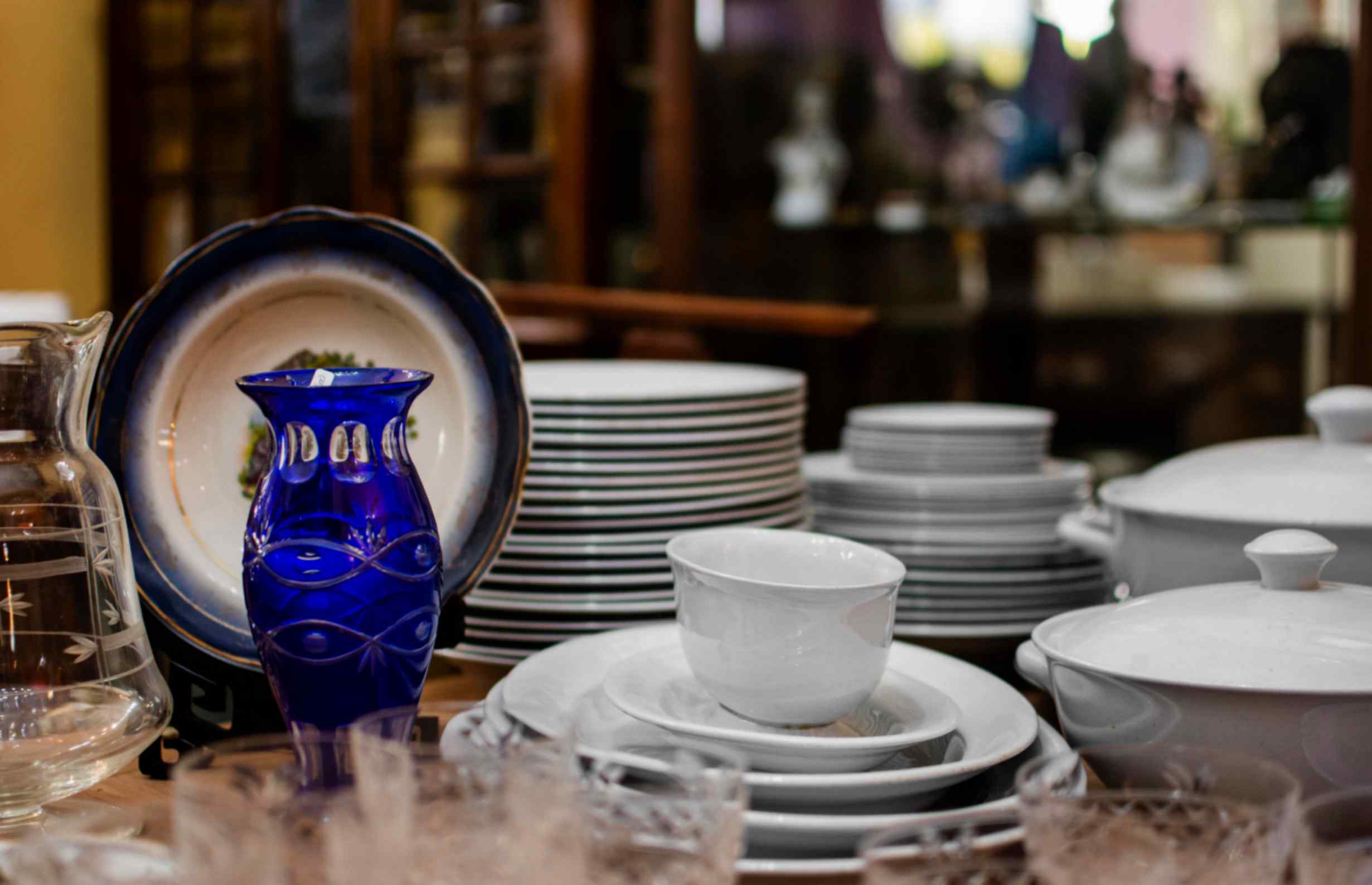Smart Hotel Integration for Dubai 2040 Vision: A Step towards the Future
December 8, 2024
 Dinnerware refers to the set of dishes, plates, bowls, and other items that are used for serving and eating food. It includes all the utensils and items that are typically used during a meal. Common components of dinnerware sets include plates, bowls, cups and mugs, glasses, cutlery, serving platters, saucers and napkin rings. Dinnerware sets can be made from various materials, including ceramic, porcelain, glass, plastic, and metal. They come in different styles, designs, and colors to suit various preferences and occasions. Formal dinnerware sets are often more ornate and used for special occasions, while every day dinnerware tends to be more practical and durable for regular use.
Dinnerware refers to the set of dishes, plates, bowls, and other items that are used for serving and eating food. It includes all the utensils and items that are typically used during a meal. Common components of dinnerware sets include plates, bowls, cups and mugs, glasses, cutlery, serving platters, saucers and napkin rings. Dinnerware sets can be made from various materials, including ceramic, porcelain, glass, plastic, and metal. They come in different styles, designs, and colors to suit various preferences and occasions. Formal dinnerware sets are often more ornate and used for special occasions, while every day dinnerware tends to be more practical and durable for regular use.
When it comes to hotels and restaurants, they often choose either ceramic dinnerware sets or porcelain dinnerware sets. Let’s check the significance of both these products and how it elevates your dining experience.
1. Ceramic Dinnerware
Ceramic dinnerware refers to dishes, plates, bowls, and other tableware items made from ceramic materials. Ceramics are a broad category of materials that are typically formed by shaping and firing clay. Earthenware and stoneware are the two major types of ceramic dinnerware.
Earthenware products are made from fired clay with a relatively low firing temperature. It has a porous and coarse texture and is often glazed for a smoother finish to make it less porous. They are generally more affordable but less durable than stoneware.
Stoneware ceramic products are fired at a higher temperature than earthenware, resulting in a denser, less porous material. Typically, stoneware is thicker and heavier than earthenware. And they are often glazed for a more durable and water-resistant finish. Usually, they are resistant to chipping and suitable for everyday use.
2. Porcelain dinnerware
Poecelain dinnerware is a type of dinnerware made from a fine-grained and translucent ceramic material known as porcelain. Porcelain is produced by firing a specific type of clay at very high temperatures, which results in a durable and non-porous material. Important characteristics of porcelain dinnerware include:
Translucency
One of the distinguishing features of porcelain is its translucency. When held up to the light, you may notice a faint glow, which adds an elegant touch to the dinnerware.
Strength
Porcelain is known for its strength and durability. It is more robust than some other types of ceramics, making it suitable for everyday use as well as special occasions.
Non-Porous
Porcelain is a non-porous material, meaning it does not absorb liquids or odors. This makes it resistant to staining and helps to maintain the original flavors of the food.
Microwave and Dishwasher Safe
Many porcelain dinnerware sets are safe for use in the microwave and dishwasher, providing convenience for daily use and easy cleaning.
Versatility
Porcelain dinnerware is suitable for both casual and formal dining settings. Its versatility makes it a popular choice for households, restaurants, and special events.
When shopping for porcelain dinnerware, you may come across different grades or qualities of porcelain. For instance, Fine or bone china, is a type of porcelain that includes bone ash in its composition, giving it additional strength and a slightly off-white color.
Ceramic or Porcelain?
Both ceramic and porcelain dinnerware can elevate the dining experience, but they have some differences that may influence your choice based on personal preferences and needs.
Ceramic dinnerware is generally made from clay and other natural materials, and it is fired at lower temperatures. Meanwhile, porcelain is a specific type of ceramic that is made from a more refined clay and fired at higher temperatures. This results in a denser and more durable product.
While ceramic dinnerware can be durable, it is generally not as strong as porcelain. It may be more prone to chipping and breaking. Porcelain is known for its strength and durability. It is less porous than ceramic, making it more resistant to chipping and cracking.
Ceramic dinnerware can have a rustic and handmade appearance. It may have a more varied and textured surface, adding character to the dining experience. However, porcelain dinnerware tends to have a smoother, more refined appearance. It often has a translucent quality and a more uniform finish.
When it comes to price, ceramic dinnerware is more affordable than porcelain. It is a good option for those on a budget or who prefer a more casual dining style. Porcelain is often considered more high-end, and therefore, it may be pricier. However, the investment may be worthwhile for those seeking a more formal or luxurious dining experience.
Some types of ceramic dinnerware may be suitable for everyday use, while others may be more delicate. It is important to check the care instructions as some ceramics may not be dishwasher or microwave safe. Porcelain is generally more resistant to wear and tear, making it suitable for regular use. Many porcelain sets are dishwasher and microwave safe.
Ultimately, whether ceramic or porcelain dinnerware elevates the dining experience depends on your preferences, budget, and how you plan to use the dinnerware. Both options can contribute to a beautiful table setting, and the choice between them often comes down to personal style and practical considerations.